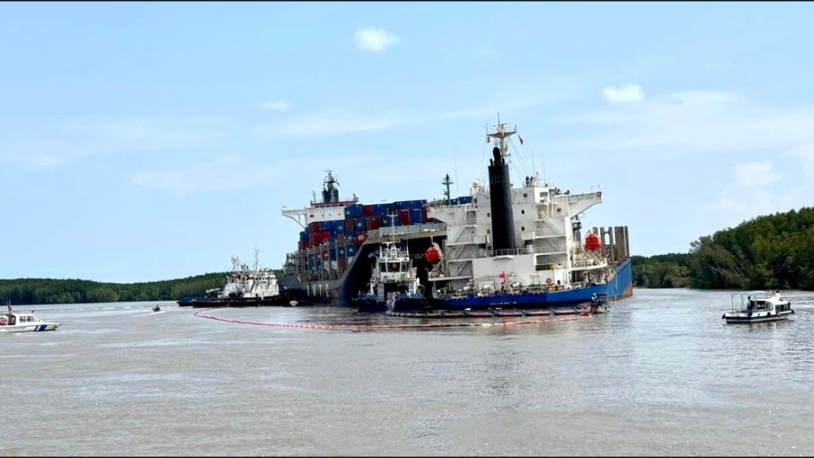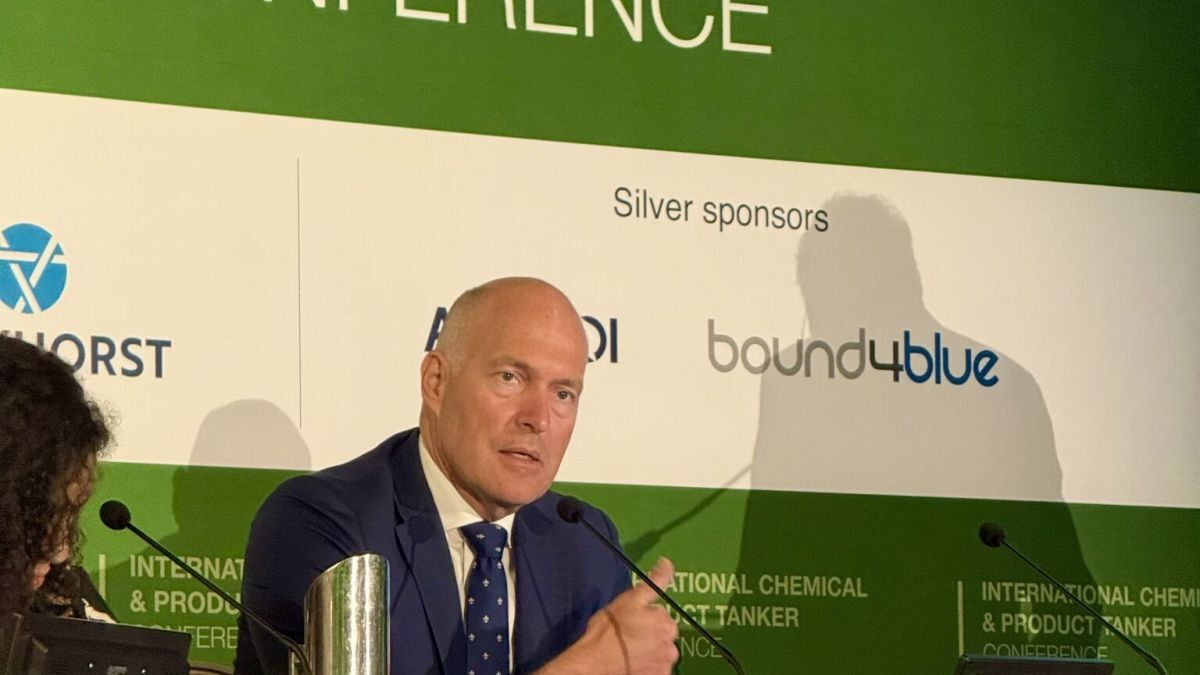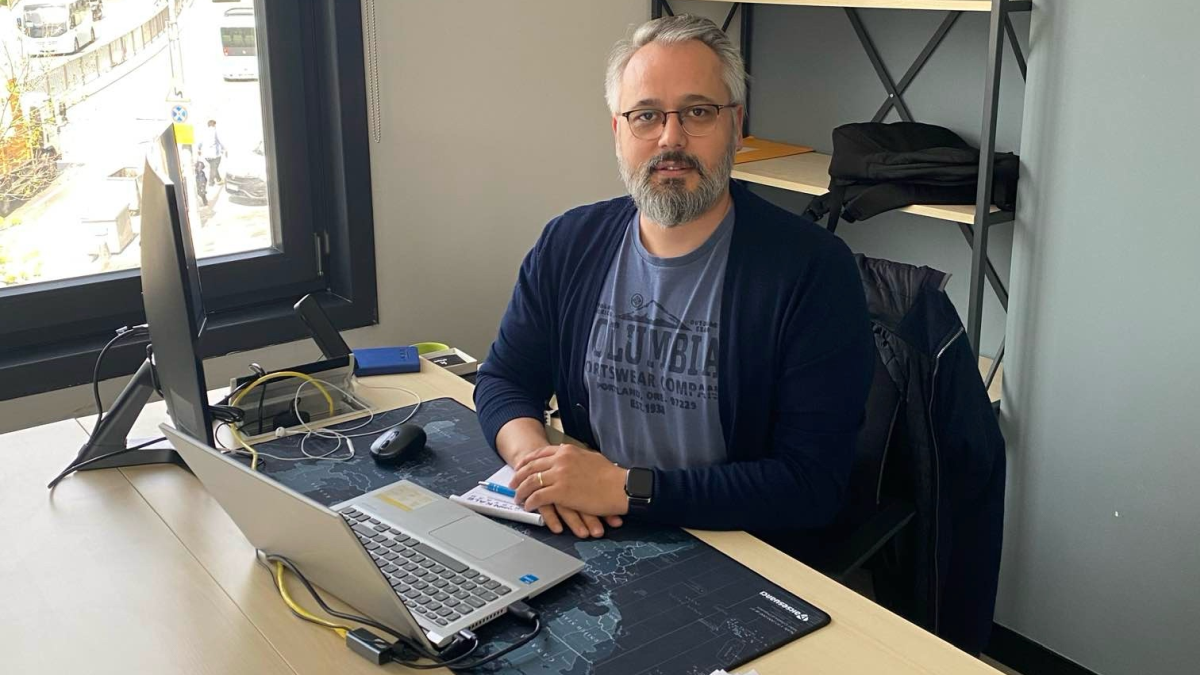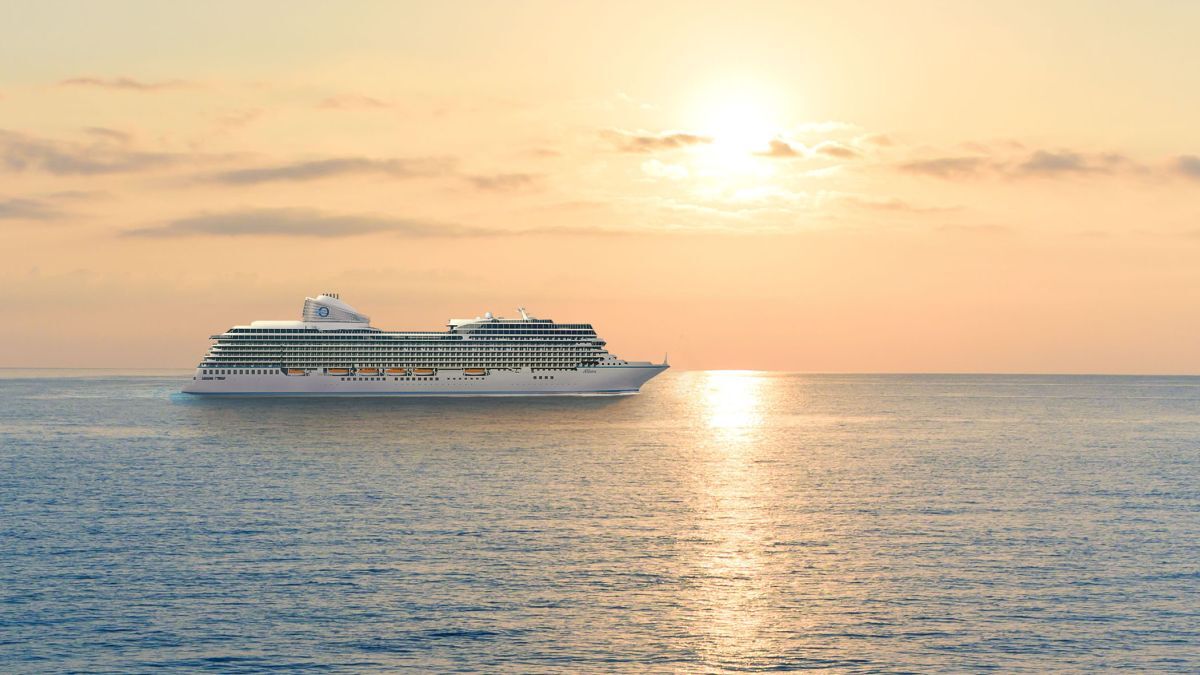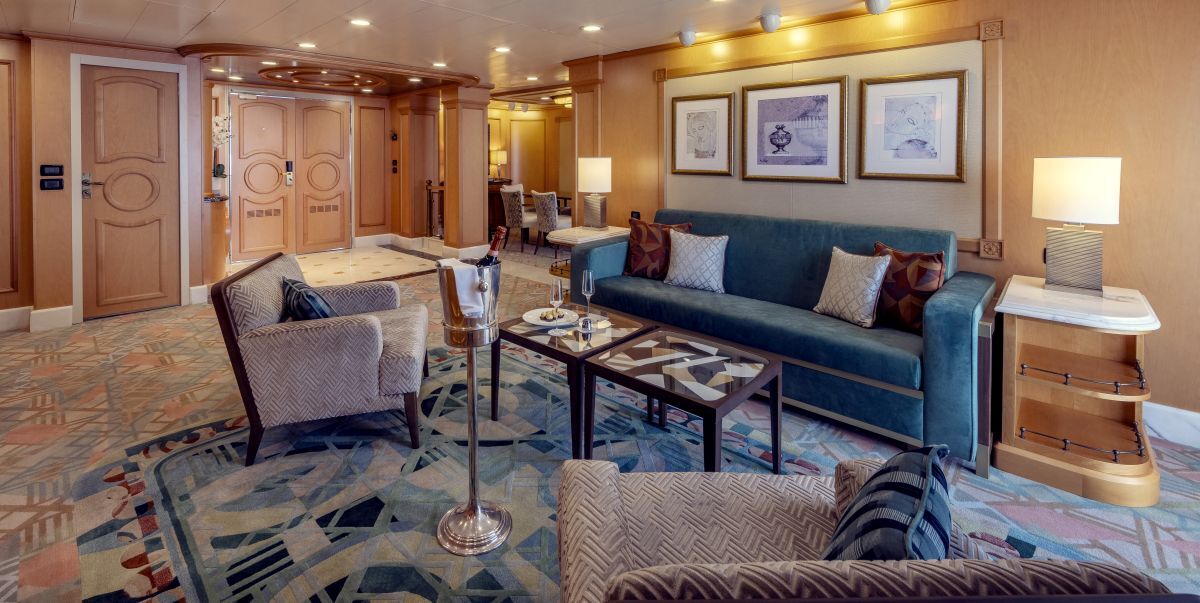Business Sectors
Events
Contents
Life raft or lifeboat? The debate rages
The current debate about the most efficient ship evacuation system revolves around two concepts, both of which go back a long time. One is the flexible life raft, which passengers reach through chutes. The other is the davit-fixed, rigid lifeboat that is lowered into the sea with everybody already on board.
For both systems, manufacturers continue to develop ever more practical and sophisticated products. The capacity of life rafts is growing and, in the latest hybrid version, they are taking on a characteristic of lifeboats by acquiring motors. The method of delivering passengers of all shapes and sizes into the life rafts has been made safer and faster, too.
Simultaneously, lifeboats are being manufactured in lighter and more durable materials while taking up less deck space. They are also faster – a speed of 17 knots is not uncommon – and easier to maintain than earlier models. As a bonus they have improved aesthetically and their interiors are more comfortable.
Progress has also been made with the all-important davits. An integral aspect of lifeboat evacuation, davits must operate without a hitch even at extreme angles of heel. Thus Norway-headquartered Harding Safety’s latest davits are fully enclosed and protected from the elements, which reduces maintenance and makes cleaning easier. More importantly they are designed for rapid release thanks to engineering that allows the lifeboat to be dropped directly from its stowed position, rather having to be swung out first.
There appears to be no consensus in the industry about which system is superior. A main argument for life rafts is that they are easier to stow and release but, say their critics, they flex in waves and are difficult to move away from the ship to a safe station.
However, all manufacturers report a high level of acceptance of their products by shipowners and shipyards. For instance, life raft specialist Viking Life-Saving Equipment has installed 1,500 of its chute systems on ferries and cruise ships for operators that include Costa Cruises, Carnival Cruise Line and Royal Caribbean International. The latest mega-ships – Allure of the Seas, Oasis of the Seas and Quantum of the Seas – boast life raft installations as well as lifeboats while an unnamed newbuild will feature Denmark-based Viking’s latest multi-chute LifeCraft.
Similarly, Harding and Germany’s Hatecke report full orderbooks from ferries and cruise ships alike.
Refinement
Of the two systems, the chute and life raft concept appears to have undergone the most refinement. In much the same way as evacuating an aircraft, passengers simply descend an unfurled chute. In high-sided ships, the descent is vertical but, as Viking explains, this is taken care of by a system that lowers passengers individually, at a measured pace. “Passengers do not have to do anything,” says Viking’s Niels Fraende, director of the passenger division. “In a 12m chute, for example, they are dropped slowly in 12 separate stages.”
A dual-chute system, first introduced in 2009 on Oasis of the Seas has been further developed over the years. For instance, electronic sensors at the control point allow crews to follow exactly how the descent is proceeding. With the human element removed from the process, crews can be certain that the passenger has been landed safely in the life raft and that the chute has been cleared, before lowering the next person. A sophisticated Kevlar high strength fabric protects passengers from the elements and an elasticated fabric automatically adjusts for the passenger’s size and weight.
Perhaps the biggest advances, though, have been made in the speed of evacuation. Using the dual-chute system for high-sided vessels of between 10m and 18m, such as cruise ships, 908 people can be evacuated down a double chute every 30 minutes. A single chute system can evacuate around 560 people in the same time.
In smaller commercial vessels such as ferries, with lower sides, so-called mini slides can be deployed at angles of around 30 degrees. Once again, passengers descend into the life raft or onto a floating platform where they can assemble before entering the raft. If floating platforms are used, evacuation can be sped up even further. Because they can be deployed faster than life rafts, floating platforms allow evacuation to begin before the life raft is inflated.
And in the evacuation of stricken vessels, it is surely speed that counts above all else.
Related to this Story
Events
Maritime Environmental Protection Webinar Week
Cyber & Vessel Security Webinar Week
The illusion of safety: what we're getting wrong about crews, tech, and fatigue
Responsible Ship Recycling Forum 2025
© 2024 Riviera Maritime Media Ltd.


